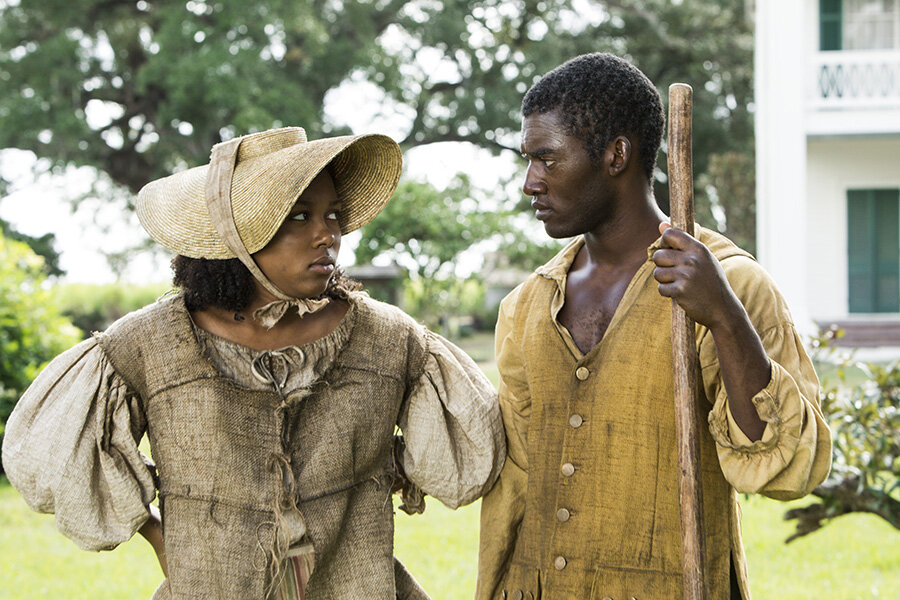'Roots': How miniseries have drawn viewers in the new TV landscape
Loading...
A new version of one of the most acclaimed miniseries of all time arrives with “Roots,” which is debuting on History, Lifetime, and A&E on May 30.
“Roots” is based on the 1977 miniseries of the same name, which in turn was an adaptation of Alex Haley’s bestselling novel.
The new incarnation stars actors including Forest Whitaker, Malachi Kirby, Emayatzy Corinealdi, and Anna Paquin.
The miniseries genre may conjure up memories of a different TV time, with popular properties such as the original “Roots,” 1985’s “North and South,” and the 1989 series “Lonesome Dove” all having debuted decades ago.
But various networks proved long ago that critically acclaimed miniseries haven’t gone anywhere, with HBO’s relatively newer shows “Band of Brothers” and “Angels in America,” for example, drawing praise from critics.
And recently, History in particular has shown that these properties can also draw large numbers of interested viewers on cable networks that make their money from ads. The 2012 History miniseries “Hatfields & McCoys,” which starred Bill Paxton and Kevin Costner, got incredibly positive ratings, as did History’s 2013 series “The Bible.” The premiere episode of “The Bible” got bigger ratings than any program on broadcast television that night.
“I think one of the appeals that miniseries have is that they are more complex, richer stories than traditional, old-fashioned episodic television," Ross Brown, associate professor of film and media arts at Chapman University's Dodge College of Film and Media Arts, says. "And the audience has clearly let it be known that they like that and they're willing to show up for that."
As for other reasons those behind the remake could be bringing back “Roots,” Mr. Brown points out the continuing conversation over a lack of diversity in various areas of entertainment. “Roots” tells the story of an African man, Kunta Kinte, who is brought to America as a slave and then depicts the lives of Kunta Kinte’s descendants, so the TV show has a diverse cast.
Those behind these miniseries are also likely attempting to aim for the "event programming" feel that broadcast networks try for with programs like NBC and Fox's live musicals. And airing a program on multiple networks of course increases the odds of finding viewers.
"I think it improves their odds of getting a wider audience there in a world where there's so many hundreds of channels and just so much noise about your time that it would be very easy for someone to say, 'Oh, I didn't know they were doing that,'" Brown says.
The “Roots” remake does have a lot to live up to, as it is based on a program that is still legendary in the TV business for the number of viewers it drew.
“The risk in doing a project like that is, you're going to get compared to something that is iconic, and so that's a pretty high bar to reach,” Brown says. “But people have done that and done it well.”








